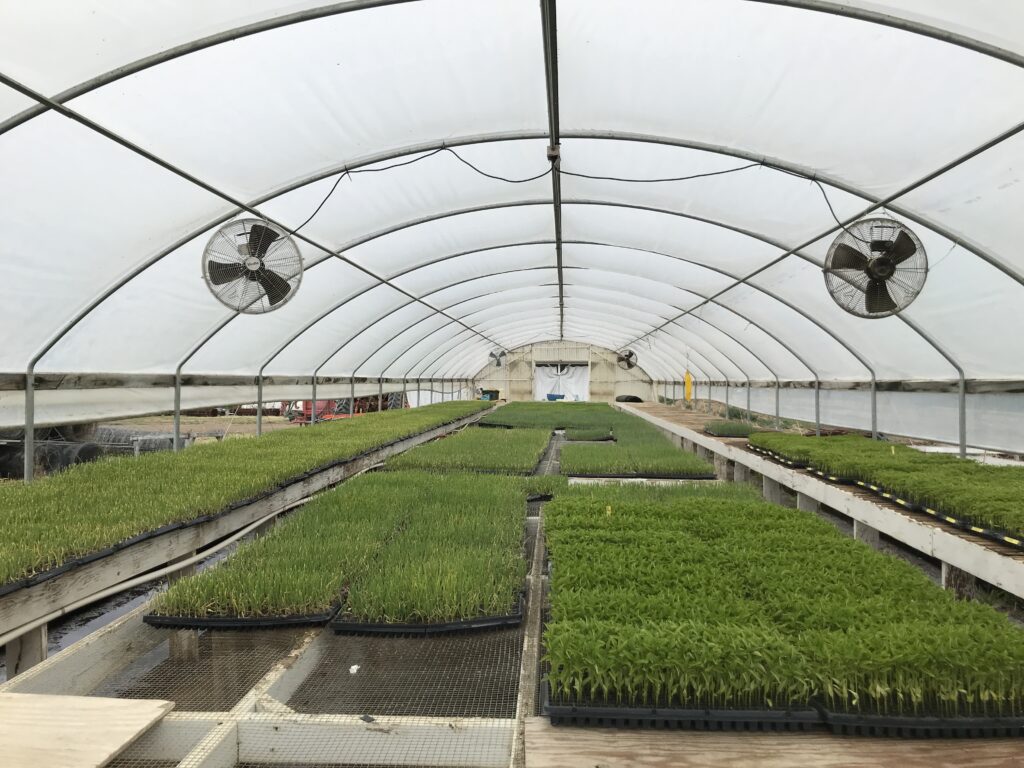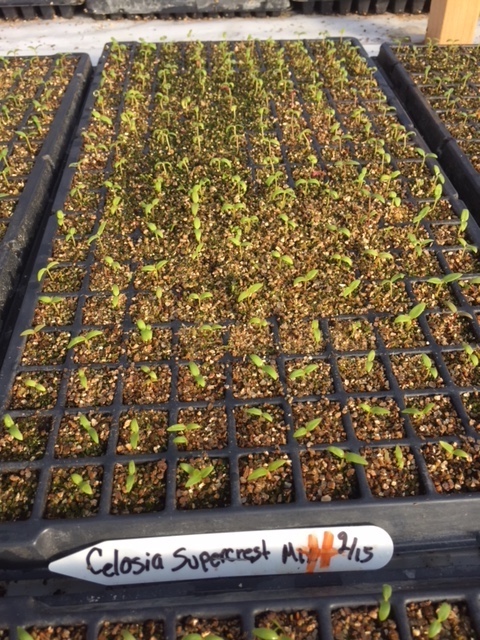
For this week’s News from the Farm, a few notes about the greenhouses that didn’t make it into last week’s dive into the greenhouse. If you missed, or skipped, last week’s News from the Farm, you can read it here.
First: seeding. Each planting flat holds a lot of seeds. Most of our trays have 200 cells and each cell needs to be filled, and with just one seed. This can be done by hand, and for many years, we did all of our seeding by hand. But roughly 15 years ago, we got a vacuum seeder and we now use that for as much planting as we can. [Read more…]


